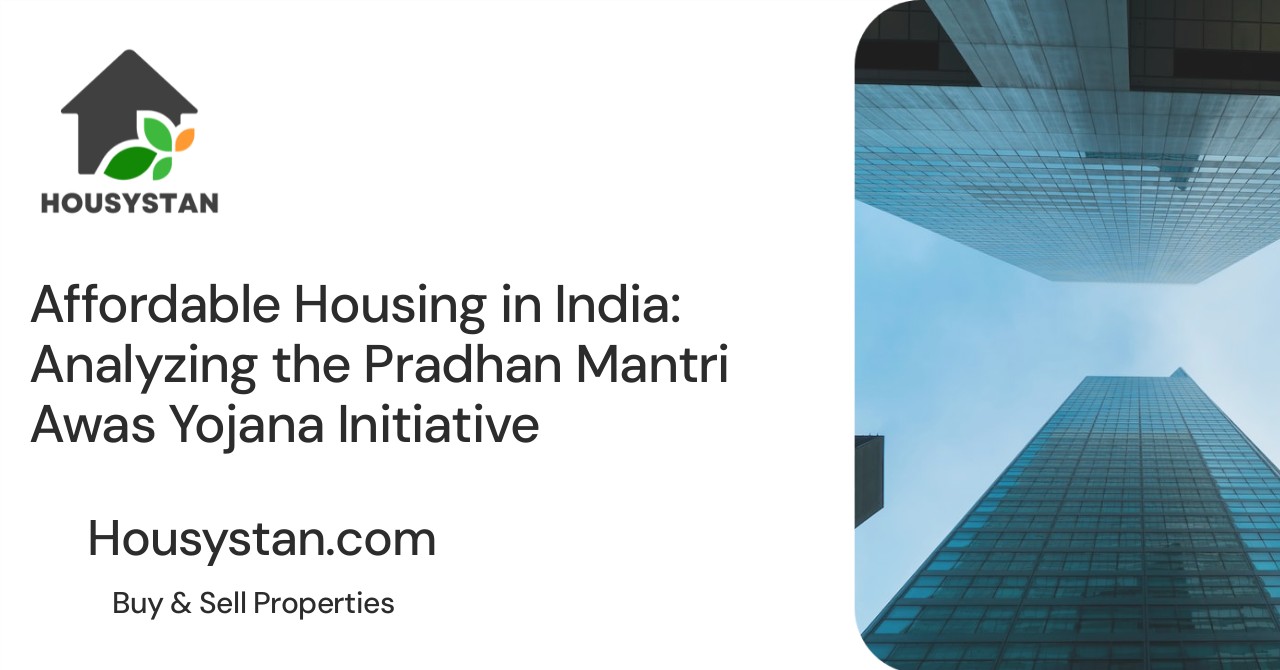Affordable Housing in India: Analyzing the Pradhan Mantri Awas Yojana Initiative
Read latest blogs and articles from Housystan

The Information mentioned here was last updated on:
11/12/2025Affordable housing in India has become a crucial focus as urbanization accelerates and millions of citizens seek secure, comfortable living spaces. The Pradhan Mantri Awas Yojana (PMAY) stands as a transformative initiative designed to address the nation’s housing deficit by promoting accessible homes for economically weaker sections, low-income groups, and middle-income families. By aiming to provide “Housing for All” by 2022, this government-led mission has redefined the landscape of urban and rural development across every state, including metropolitan hubs like Mumbai, Delhi, Bengaluru, Chennai, and emerging cities such as Pune, Lucknow, and Ahmedabad.
The PMAY scheme operates on two fronts: Pradhan Mantri Awas Yojana-Urban (PMAY-U) and Pradhan Mantri Awas Yojana-Gramin (PMAY-G). The urban segment targets city dwellers facing high real estate prices and rental burdens, facilitating interest subsidies through the Credit Linked Subsidy Scheme (CLSS). On the other hand, the rural component focuses on building robust, sustainable homes in villages, ensuring that even the remotest communities benefit from development. Both arms of the program prioritize women, differently-abled individuals, and senior citizens as beneficiaries, fostering inclusivity in housing allocation.
Key features of the PMAY initiative include financial assistance, eco-friendly construction standards, and the use of advanced technologies to expedite project completion. The government collaborates with state authorities, private builders, and financial institutions to streamline the application process, making it easier for eligible residents to secure a home loan or subsidy. Geographically, the scheme covers diverse regions, from the Himalayan states and coastal belts to arid interiors, ensuring balanced growth and regional equity.
- Verified Tenants/Buyers
- Unlimited Property Listing
- Zero subscription/charges fee
For potential homeowners, Pradhan Mantri Awas Yojana offers hope and empowerment. By reducing financial barriers and promoting sustainable urbanization, the initiative not only raises the standard of living but also stimulates local economies through construction jobs and infrastructure upgrades. As India’s cities and towns continue to expand, PMAY remains a pivotal force driving affordable housing, social progress, and inclusive development, making the dream of homeownership a reality for countless families nationwide.